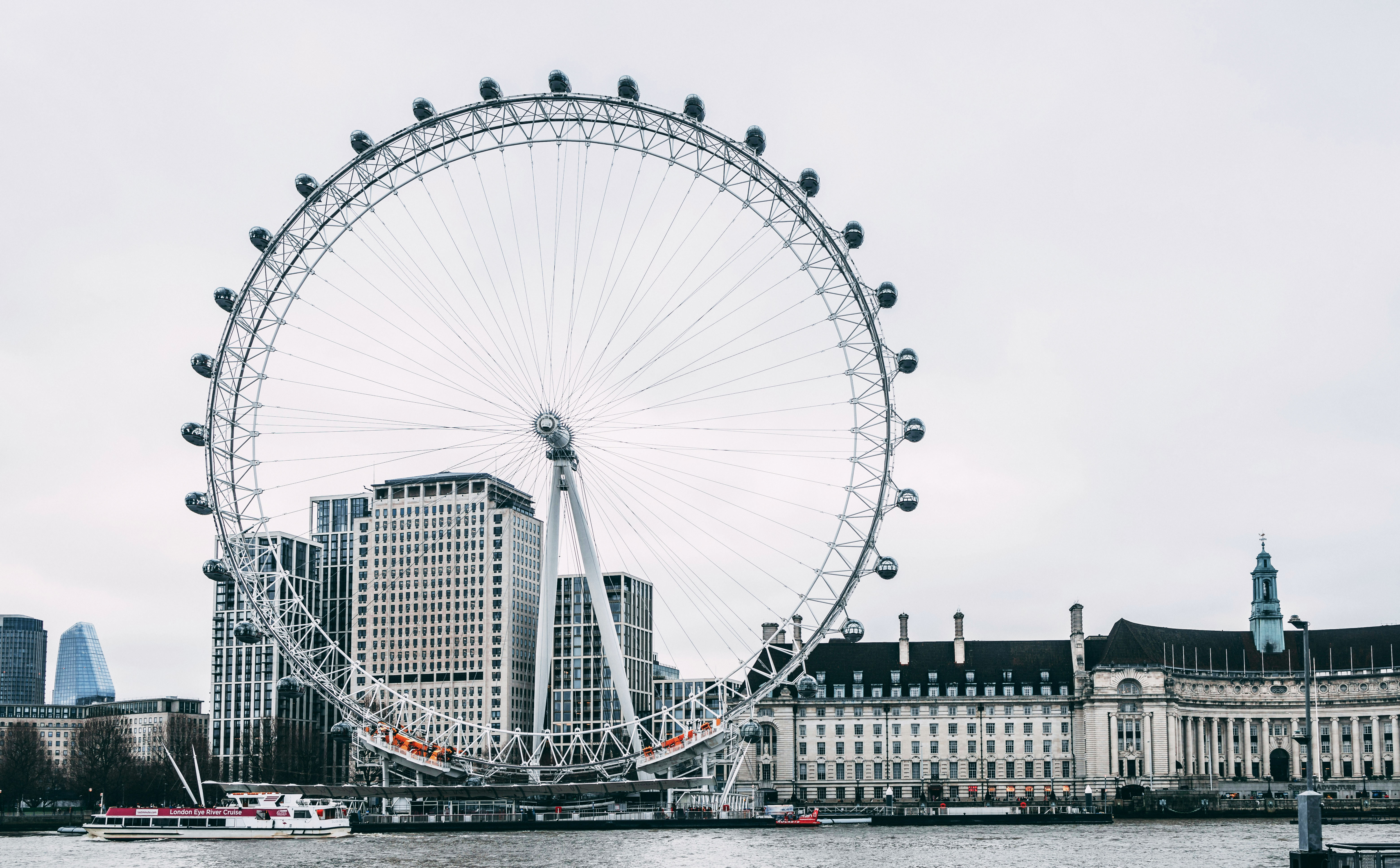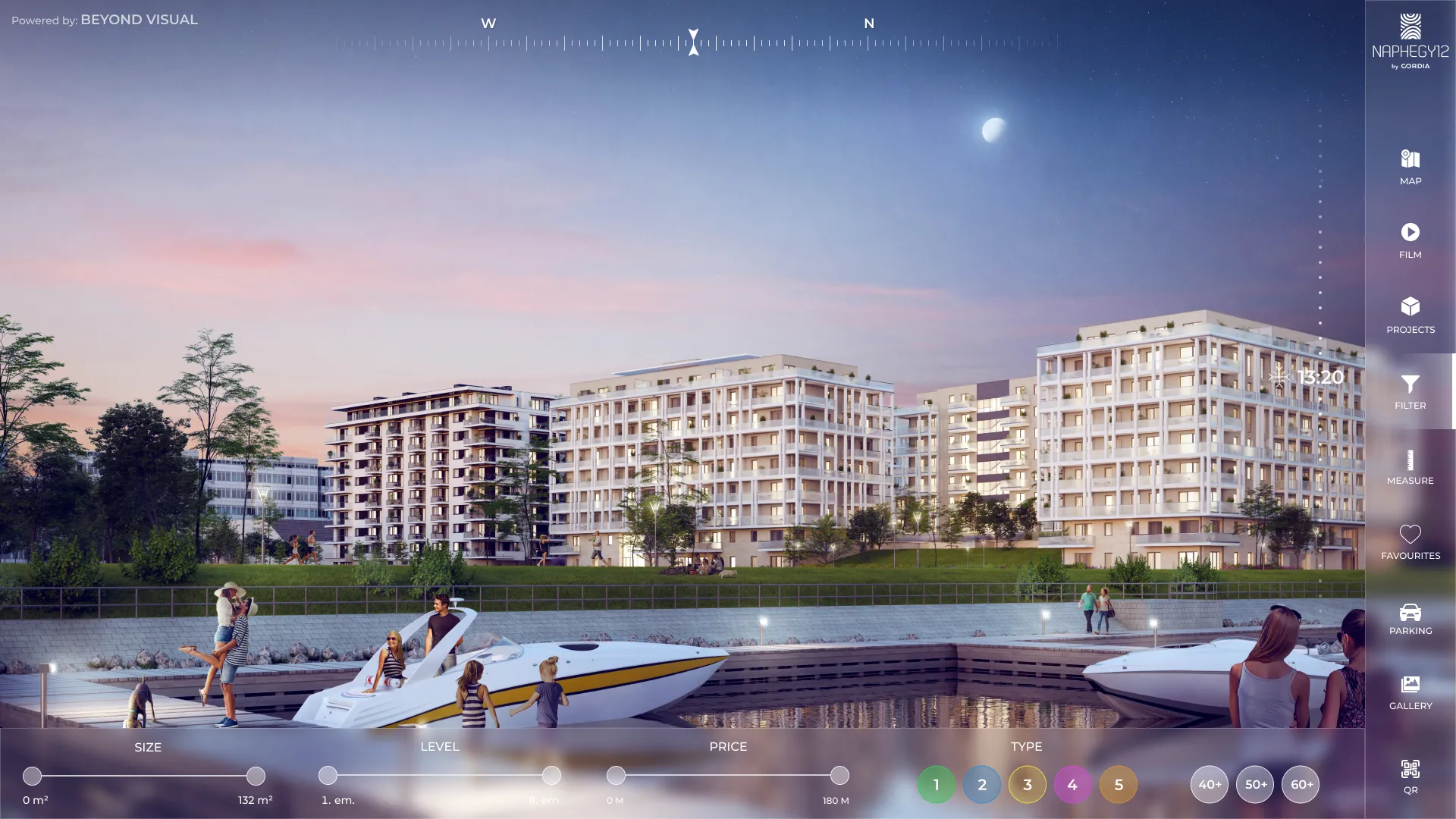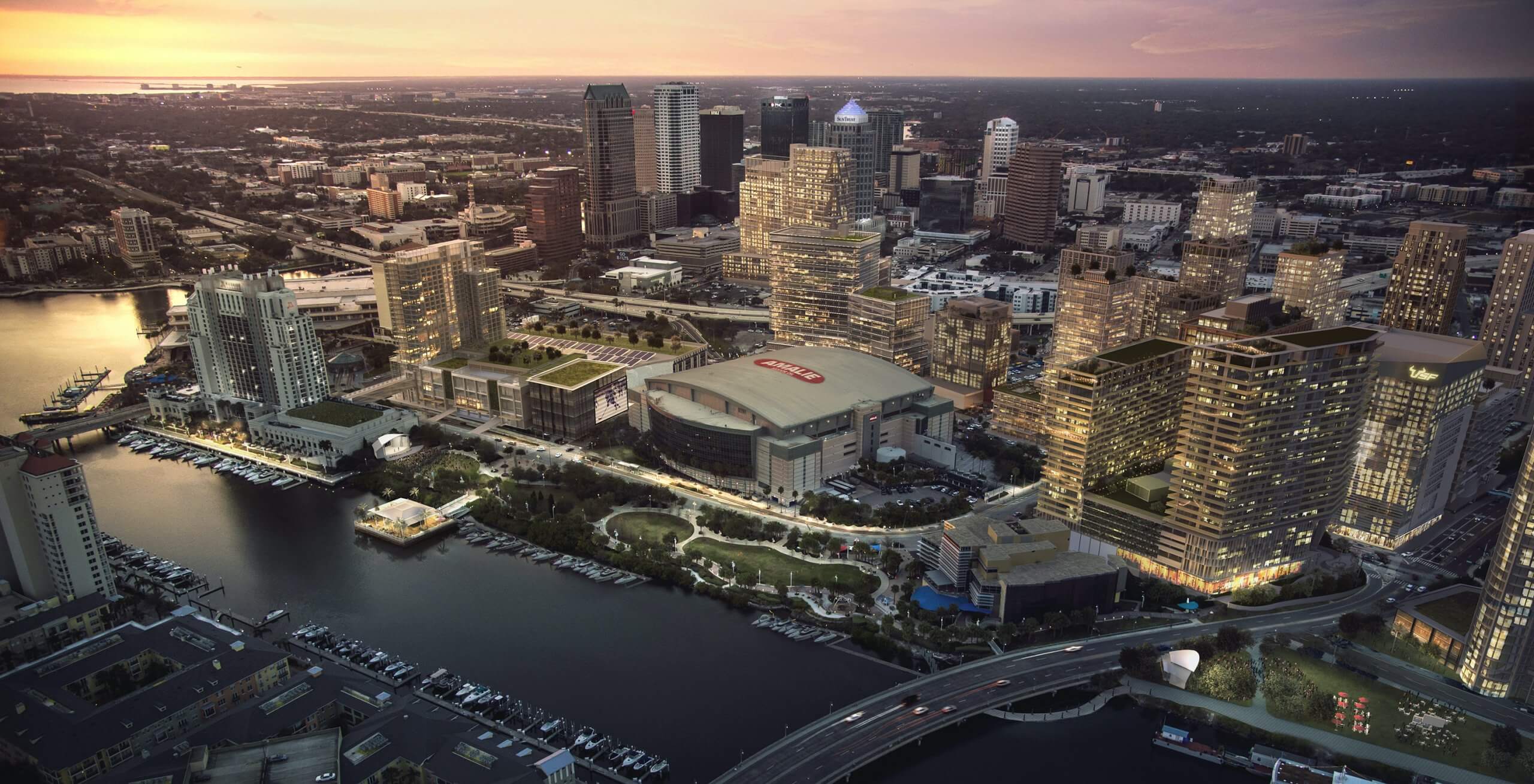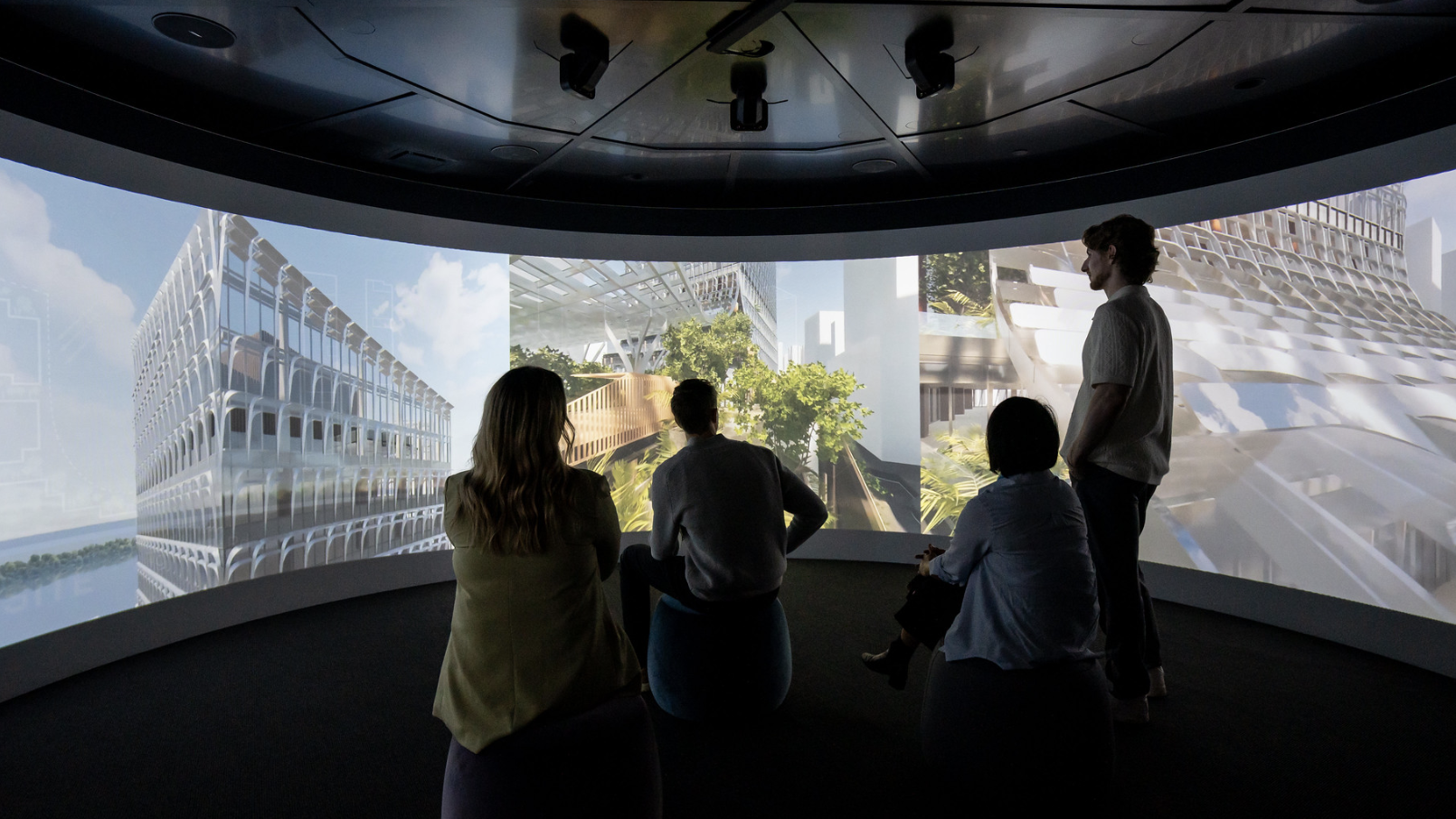The Art of Anticipation: Visual Storytelling That Wins Stakeholders
In an era where a single architectural rendering can unlock nine-figure investments or derail years of planning, the mastery of visual narrative has emerged as the defining competency separating successful developments from stalled dreams.
The calculus is stark: with average approval timelines stretching 18-36 months and each month of delay costing developers millions in carrying charges, the ability to compress stakeholder alignment through compelling visualization delivers measurable competitive advantage. Yet the true power of visual storytelling extends beyond acceleration—it fundamentally transforms how stakeholders perceive risk, value, and possibility.
The Neurology of Conviction
Neuroscience research reveals that decision-makers process visual information 60,000 times faster than text, with 90% of information transmitted to the brain being visual. This biological reality underpins why certain presentations catalyze immediate action while others languish in committee purgatory.
"The amygdala—our brain's threat detection center—relaxes when presented with coherent visual narratives," explains a cognitive scientist specializing in architectural perception. "Uncertainty triggers defensive responses. Clarity enables decisive action."
This understanding has revolutionized how sophisticated developers approach stakeholder engagement, moving from information delivery to emotional orchestration.
Mapping the Stakeholder Ecosystem
Contemporary development navigates an increasingly complex web of constituents, each viewing projects through distinct lenses:
Institutional Investors demand quantifiable risk mitigation and clear exit strategies. For them, visualization must demonstrate not just architectural merit but market positioning, competitive differentiation, and resilience across economic cycles.
Community Stakeholders seek assurance that new development will enhance rather than diminish their quality of life. Effective visualization addresses concerns about traffic, shadows, and neighborhood character before they crystallize into opposition.
Municipal Officials balance economic development goals with political realities. They need visualization that demonstrates public benefit while managing constituent concerns.
End Users—whether corporate tenants or luxury buyers—invest in lifestyle and prestige as much as square footage. They require experiential visualization that validates their aspirational self-image.
The London School of Excellence
Hayes Davidson represents the pinnacle of British visualization sophistication. Founded in 1989 as the UK's first CGI-based architectural visualization practice, they pioneered methodologies that have become industry standards. Working on projects located around the world, the studio has produced over 20,000 'virtual' or 'CGI' images since its founding.
Their work on London landmarks—from the London Eye to Terminal 5 at Heathrow—demonstrates how visualization can build public consensus around transformative projects. The studio's approach to "verified views" for planning applications has set legal precedents, with their imagery regularly presented as expert testimony in public inquiries.

"Hayes Davidson built the methodology that underpins today's industry standard," notes an industry observer. "They've continued to innovate, combining rigour, precision and accuracy with creativity and new technology."
The firm's work on The Benson, a luxury residential condominium on New York's Upper East Side designed by Peter Pennoyer Architects, showcases their ability to translate architectural excellence across cultural contexts. They adopted a 'stylist' approach to interior room sets, using bespoke furniture modeling and drawing out the sensory and lifestyle qualities of details and textures.
The Cinematic Revolution
Kilograph, based in Los Angeles, brings Hollywood production values to architectural visualization. With staff including licensed architects, visual effects designers, interactive designers, copywriters, photographers, illustrators, and animators, they leverage the resources of LA's creative community to meet any visual challenge.
Their approach treats each project as a film production, complete with narrative arc, emotional beats, and cinematic composition. This methodology has proven particularly effective for mixed-use developments where the story encompasses multiple user experiences across different times and contexts.
"We need to break down the definition of visualization as it is so all-encompassing," says Keely Colcleugh, Kilograph's founder. "The more companies can focus on their unique interests within this broad field, the stronger their offerings will be."
The Boston Innovation Laboratory
Neoscape exemplifies the evolution from visualization service to strategic consultancy. Since its inception over 25 years ago, they've transformed from a rendering house to a full-service creative agency that shapes project positioning from conception through delivery.
Their pioneering work with Unreal Engine 5, including collaborations with Epic Games on projects like Habitat 67, demonstrates the platform's transformative potential. "With the release of Unreal Engine 5.2, the architectural visualization industry is about to change on a level never seen before," notes Carlos Cristerna, Visualization Director at Neoscape.
The ability to handle 4.5 billion triangles and render photorealistic environments in real-time eliminates traditional constraints. The Lumen system creates realistic lighting in realtime—switching from day to night views with the click of a button.
Neoscape's work spans across disciplines, from Foster + Partners and Zaha Hadid Architects to major real estate firms, demonstrating how visualization has become integral to the design process itself. Their recent work on 425 Park Avenue showcases their ability to render high-resolution images of both interior and exterior spaces from mobile workstations, revolutionizing client presentations.
Strategic Narrative Architecture
The most effective stakeholder presentations follow a carefully orchestrated emotional journey:
Opening: The Problem Frame establishes shared understanding of current challenges—whether urban decay, housing shortage, or economic stagnation—creating urgency for solutions.
Rising Action: Vision Unveiled introduces the development as an inevitable response to established needs, using visualization to make the conceptual concrete.
Climax: Experiential Immersion leverages interactive technologies to transport stakeholders inside the future, allowing them to experience rather than evaluate the proposal.
Falling Action: Practical Validation grounds enthusiasm in market data, financial projections, and operational details, transforming emotional buy-in to rational commitment.
Resolution: Clear Next Steps channels momentum into specific actions, whether signing agreements, voting approval, or championing the project publicly.
The Boundary's Artistic Authority
The Boundary has rapidly gained an international reputation for excellence in the visual representation of architecture and the built environment. Working with seven Pritzker Architecture Prize laureates—Richard Rogers, Tadao Ando, Renzo Piano, Richard Meier, Herzog & de Meuron, Álvaro Siza, and Peter Zumthor—they've elevated visualization from documentation to art form.
"Our shared goal and the philosophy upon which The Boundary was founded is to always push the boundary of what is possible in the 3D space," explains co-founder Henry Goss. Their work on projects like 87 Park by Renzo Piano set new industry benchmarks, with images that remain compelling years after creation.
The Boundary's approach centers on light as the primary compositional element, creating images that communicate not just form but atmosphere. This philosophy, influenced by their architectural backgrounds, has proven particularly effective for luxury residential projects where emotional resonance drives purchase decisions.
Beyond Visual's Platform Innovation
Beyond Visual represents the next generation of visualization firms, offering integrated platforms that span the entire sales cycle. Their dual-system approach recognizes that modern stakeholder engagement requires both broad digital reach and intimate personal connection.

The WEB SALES SOLUTION facilitates 24/7 engagement, seamlessly integrated into clients' websites. With more than 80% of home seekers beginning their search online, the platform-free solution works on any device from mobile phones to PCs, loading extremely quickly to prevent user drop-off.
The INTERACTIVE SALES APP is designed for face-to-face, on-site presentations. "The solution has been designed to maximally assist the salesperson in selling, from showcasing the neighborhood to a detailed presentation of the apartment," explains Peter Pajor, Founder & CEO of Beyond Visual. The goal is to build trust through detailed photorealistic visual information, enabling quick and confident decisions.
The Sustainability Imperative
As ESG considerations move from periphery to center stage, visualization has become crucial for communicating environmental narratives that resonate with increasingly conscientious stakeholders.
IMERZA's digital twin technology exemplifies this capability, creating living models that visualize everything from energy flows to carbon footprints. Their work on Tampa's Water Street development demonstrates the power of this approach, with a 17-foot-diameter 3D-printed scale model enhanced by projection mapping that displays real-time data sets about the intended building project.

"Features like this could only be possible with real-time rendering," says Dorian Vee, Co-Founder and CTO of IMERZA. The system pulls from multiple sources, including commercial real-estate data sources and ESRI ArcGIS, enabling stakeholders to see everything from individual building performance to city-wide impact.
Immersive Collaboration Spaces
Igloo Vision has pioneered shared immersive environments that transform stakeholder meetings from presentations into experiences. "Stepping into an Igloo immersive space is a bit like stepping into a giant virtual reality headset—except you can get whole groups inside, so it's always a shared experience," explains the company.

Their work with Urban Visions on The Net in Seattle demonstrates how these environments facilitate consensus-building. The 270° Igloo cylinder includes four Epson projectors with ultra-short-throw snorkel lenses, creating punchy high-resolution displays from any vantage point. Groups explore the building together through immersive renderings, creating shared understanding that individual viewing cannot achieve.
"Previously we took a number of weeks working with the planners to help them understand how the buildings related to each other," notes one developer. "Using this kind of technology, we can agree that in five minutes."
The Experience Design Evolution
Journey's acquisition of ICRAVE signals the convergence of physical and digital experience design. "The decision to join Journey was fueled by my passion for reinvention," says ICRAVE CEO and cofounder Lionel Ohayon. "We are all about creating next generation physical experiences enabled by emerging technologies."
ICRAVE's work on TSX Broadway exemplifies this convergence. Central to the development is TSX Entertainment (TSXE), an immersive entertainment platform existing in both the physical world—eight floors in the complex—and the virtual world. ICRAVE is designing 12 physical spaces within the 550,000 square-foot tower, plus the digital twin of TSXE in the TSX Metaverse.
This integration of physical and digital represents the future of stakeholder engagement, where boundaries between real and virtual dissolve into coherent experiences.
Measuring Emotional ROI
While traditional metrics focus on timeline compression and cost reduction, sophisticated developers increasingly track emotional engagement:
Stakeholder Sentiment Analysis uses AI to evaluate meeting recordings, identifying moments of concern or enthusiasm that inform presentation refinement.
Biometric Monitoring during presentations reveals which elements generate strongest responses, enabling real-time adjustment and post-meeting optimization.
Social Amplification Tracking measures how effectively stakeholders become project advocates, spreading positive narratives through their networks.
Decision Velocity Metrics correlate visualization quality with speed of stakeholder commitment, quantifying the value of emotional engagement.
According to industry analysis, firms investing in advanced visualization report:
- 40% reduction in approval timelines through enhanced stakeholder alignment
- 35% decrease in post-approval modifications due to clearer pre-construction communication
- 50% improvement in investor confidence metrics during capital raising
- 25% increase in premium realization for projects with superior visual narratives
The Ethics of Persuasion
As visualization technology becomes increasingly sophisticated, ethical considerations intensify. The line between compelling communication and manipulation requires careful navigation.
Industry leaders address these concerns through transparency protocols that clearly distinguish confirmed elements from conceptual possibilities, maintaining trust while inspiring vision. Hayes Davidson's pioneering work in verified views exemplifies this approach, creating legally admissible visualizations that balance accuracy with aspiration.
Implementation Excellence
For development teams seeking to elevate their stakeholder engagement, key principles emerge:
1. Emotional Mapping: Before creating any visualization, map the emotional journey required to move each stakeholder group from skepticism to advocacy.
2. Narrative Coherence: Ensure every visual element serves the larger story. Beautiful images without narrative purpose create confusion rather than clarity.
3. Interactive Empowerment: Provide stakeholders with tools to explore projects independently, transforming them from audience to participants.
4. Continuous Refinement: Use each presentation as a learning opportunity, gathering data to optimize future engagements.
5. Platform Thinking: Build visualization systems that evolve throughout the project lifecycle rather than creating disposable presentations.
The Mastery Imperative
As the industry evolves, the quality of stakeholder visualization has become a leading indicator of project success. Developments with superior visual narratives consistently outperform across metrics from approval speed to sales velocity to achieve pricing.
The firms profiled here demonstrate that visualization mastery requires more than technical competence. It demands the integration of psychology, technology, artistry, and strategy into coherent narratives that transform skeptics into champions.
For developers navigating an increasingly complex stakeholder landscape, the message is clear: those who master the art of visual storytelling don't just communicate projects more effectively—they fundamentally alter the trajectory of what's possible. In an industry where perception shapes reality, the ability to craft compelling visual narratives has become the ultimate source of competitive advantage.
The future belongs not to those with the best projects, but to those who tell the best stories about the futures they're creating. In this new paradigm, visualization excellence isn't just a nice-to-have—it's the difference between projects that transform cities and those that never leave the drawing board.
